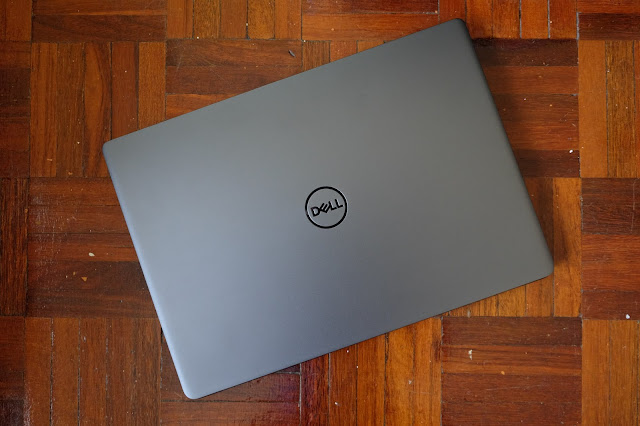Philips SHP895 Repair - The Revival
After the initial inspection of the Philips SHP895 (details can be viewed here) and verified the driver is out of luck with repairing it, I decided to revive it with a different approach.
From the Philips official site we can easily get the specs for the headphones driver. Then I went on a hunt for a 50mm with a similar 32ohm rated headphones driver and decided to go with one that the seller claims it's Graphene coated.
After a few weeks later, the driver arrived.
The driver membrane is grey in color and it does feels thicker and much more solid compared to other lower end headphones drivers that I had worked on previously.
With some tests using a multi meter, although the PVC coating for the cabling inside the headphones are falling off, the connections is still very solid. So no internal recabling is required.
However the contact of the 3.5mm female connector soldering lead are heavily covered with oxidation and dirt. I will need to remove all existing bad soldering from the 3.5mm female connector board and re-apply new solder lead.
The old glue used for the original is quite stubborn, heating it up doesn't help much, some glue scraping and prying is required to remove the original broken drivers.
After spending some time cleaning both left and right connections, the new Graphene drivers and internal wiring is ready to go in.
After everything is soldered back in, it is time for testing...
Upon initial testing, the new headphones driver works really well. It has very good solid lows, thick mids and smooth highs. The musical details is well defined and it doesn't lack of any sound stage it does even pick up the very micro musical details as well. Overall, it is quite a promising driver despite I am still having doubt if it is really coated with Graphene 😕
From the Philips official site we can easily get the specs for the headphones driver. Then I went on a hunt for a 50mm with a similar 32ohm rated headphones driver and decided to go with one that the seller claims it's Graphene coated.
After a few weeks later, the driver arrived.
The driver membrane is grey in color and it does feels thicker and much more solid compared to other lower end headphones drivers that I had worked on previously.
With some tests using a multi meter, although the PVC coating for the cabling inside the headphones are falling off, the connections is still very solid. So no internal recabling is required.
However the contact of the 3.5mm female connector soldering lead are heavily covered with oxidation and dirt. I will need to remove all existing bad soldering from the 3.5mm female connector board and re-apply new solder lead.
The old glue used for the original is quite stubborn, heating it up doesn't help much, some glue scraping and prying is required to remove the original broken drivers.
After spending some time cleaning both left and right connections, the new Graphene drivers and internal wiring is ready to go in.
After everything is soldered back in, it is time for testing...
Upon initial testing, the new headphones driver works really well. It has very good solid lows, thick mids and smooth highs. The musical details is well defined and it doesn't lack of any sound stage it does even pick up the very micro musical details as well. Overall, it is quite a promising driver despite I am still having doubt if it is really coated with Graphene 😕






Comments
Post a Comment